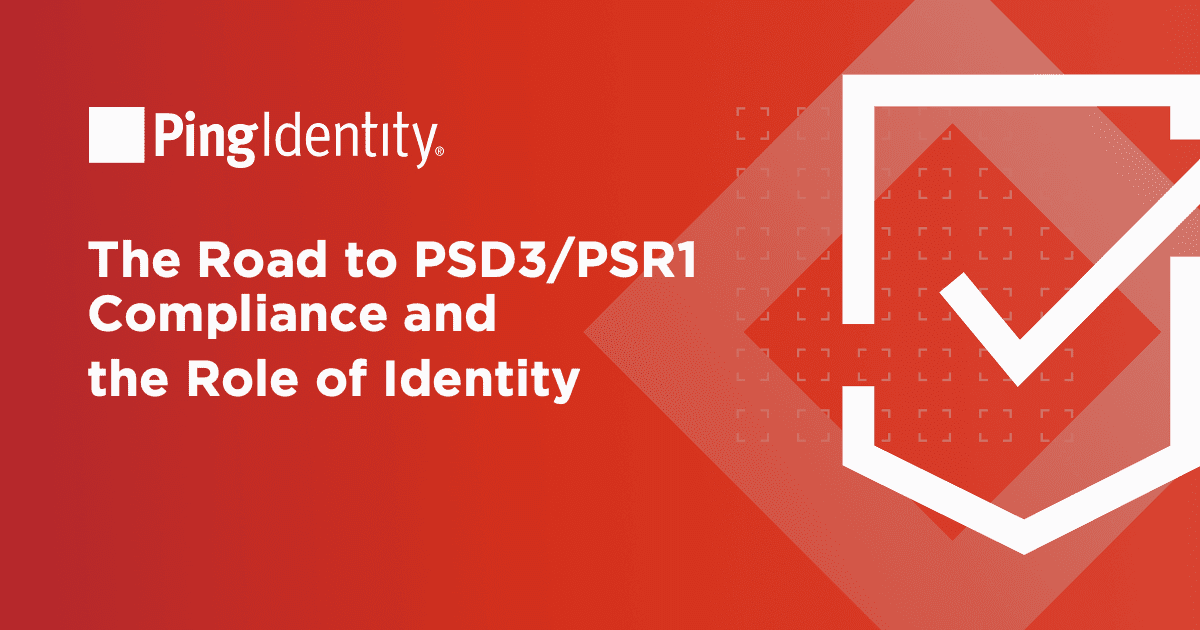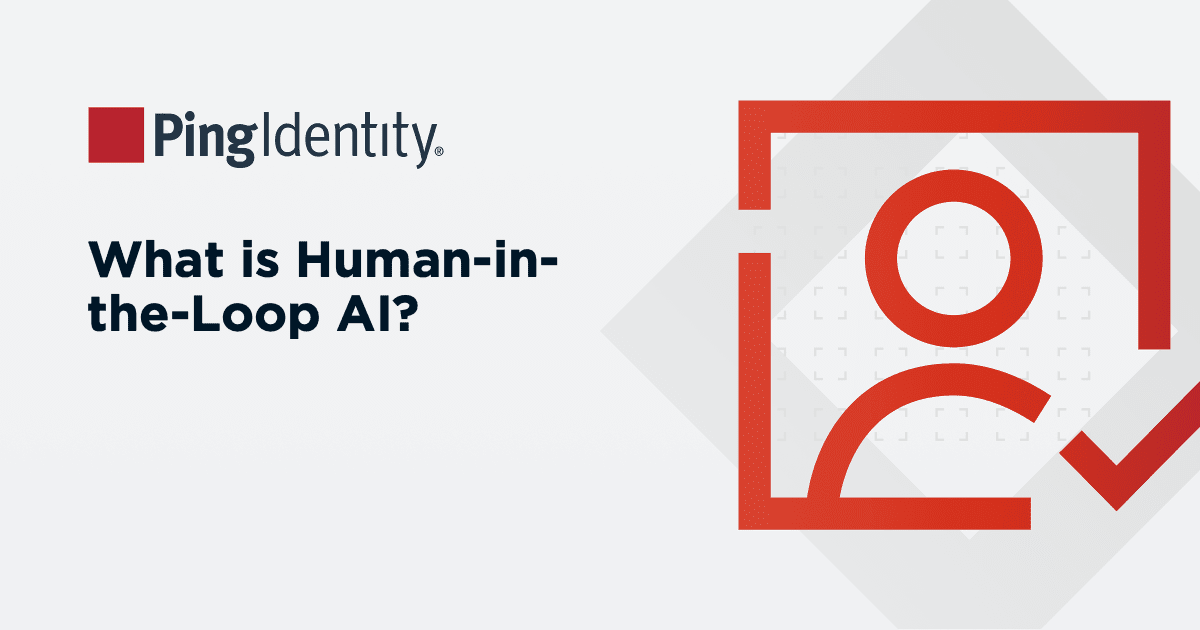Identity verification, sometimes referred to as identity proofing, is the process of verifying the identity of an end user to ensure their digital identity is tied to their real-life identity. The goal of customer identity verification is to give your business the confidence that a user interacting with your brand is a real-life human and truly the person they claim to be.
Customer identity verification is most frequently employed during the first interaction with a new customer. These interactions might include registering for a service, submitting an application or opening an account. The ability to verify identity during this initial engagement is key because the potential for fraud is high.
"Just as e-commerce and online retailers are responding to the rapid growth in orders by finding new ways to scale shipping, delivery, and service, there needs to be just as strong of a focus on fraud detection and protection."
Source: “How E-Commerce's Explosive Growth Is Attracting Fraud,” Forbes, May 18, 2020
By using identity verification during onboarding, you’re able to prompt the customer to prove their identity, lowering the risk of fraudulent account creation and takeover. When you have confidence that a new customer is actually the person they’re presenting themselves to be, you strengthen security and protect potential victims. If you’re in the financial services industry, you can also utilize identity verification to meet Know Your Customer (KYC) standards and comply with Anti-Money Laundering (AML) rules under the Bank Secrecy Act.
When evaluating how identity verification can help you strengthen security, you mustn’t confuse it with identity validation. While seemingly synonymous terms, verification and validation are actually two different steps to gain confidence in a person’s identity.
- Identity Verification: The first step and the process of establishing the truth, accuracy or validity of the person’s identity.
- Identity Validation: The second step and action of checking or proving the validity or accuracy of the person’s identity using the trust established during verification.
Essentially, identity verification allows you to establish trust that the person is who they say they are. Then identity validation empowers you to leverage that existing trust when interacting with the person. This two-step process allows you to verify the identity of an end-user once, then leverage this verification to validate their identity during future interactions. For example, PingOne Verify gives you the ability to verify a customer’s identity during account opening and validate that identity to allow the customer access. If later, the customer has to reset their password or recover their account, they can revalidate the same verified identity to quickly and securely regain access.


